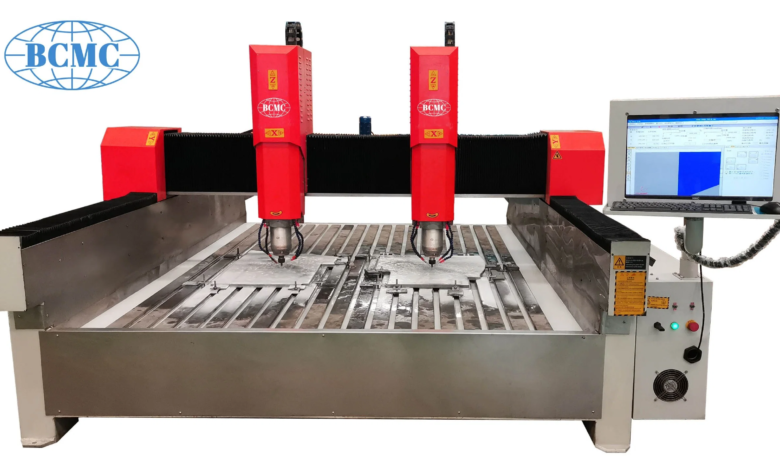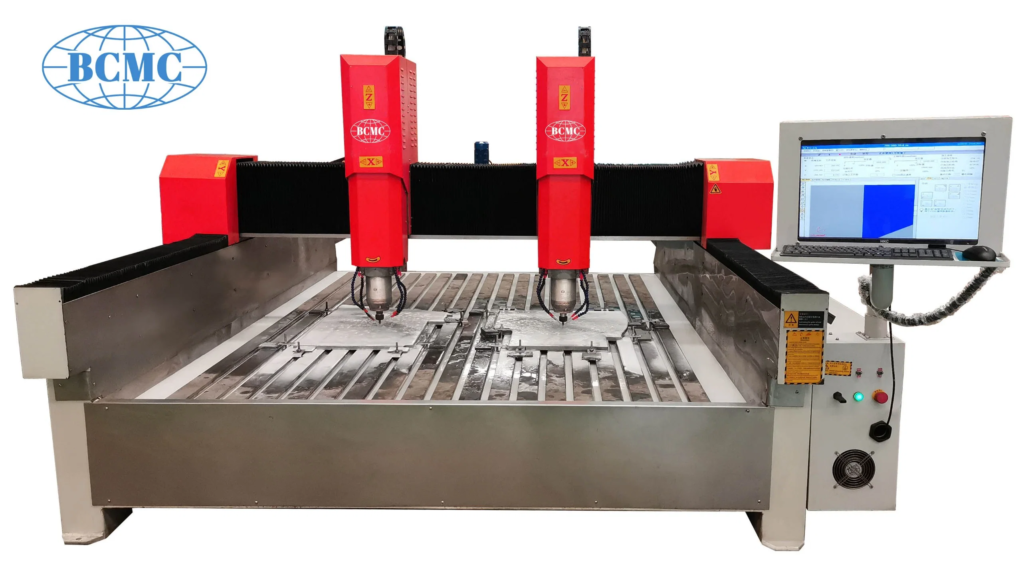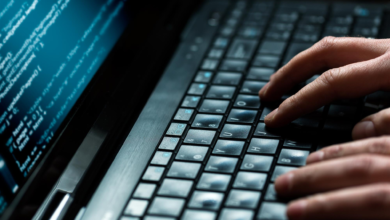What Constitutes an Accurate Machine in a Computer?

What Constitutes an Accurate Machine in a Computer? Modern society has undergone a transformation thanks to computers’ unmatched speed, accuracy, and efficiency. Their accuracy is the foundation of many businesses, including aircraft, entertainment, healthcare, and banking. This article explores the underlying design, components, and reliability-ensuring concepts of computers, focusing on the crucial elements that make them such precise machines.
The Binary Framework
A computer’s precision is based on its binary system. The base-2 number system, which has just two digits—0 and 1—is used by computers. This simplicity lowers the possibility of error, which makes it a strength. A binary digit, or bit, can be either high (1) or low (0) to indicate the electrical voltage state. The combination of these bits into larger units (bytes, kilobytes, megabytes, etc.) forms the foundation for all data processing in computers.
Accuracy in Arithmetic Processes

Computers can process a lot of calculations at once, which allows them to do mathematical operations with remarkable accuracy. The algorithms that the central processing unit (CPU) uses control this precision. Floating-point units (FPUs) are a feature of modern CPUs that manage intricate arithmetic calculations with small error margins. Error-checking techniques like parity bits and checksums are also used to identify and fix problems in data processing and transmission.
Superior Quality Elements
The quality of a computer’s component parts has a major impact on its accuracy. This comprises the CPU, RAM, SSDs and HDDs for storage, and other peripherals. Manufacturers make sure these parts operate accurately and reliably by following strict quality control procedures. For example, CPUs are manufactured in cleanroom settings to avoid contamination, and rigorous testing is carried out to find any manufacturing flaws.
Error Identification and Fixing
Techniques for error detection and repair are essential to preserving a computer’s accuracy. Adding an extra bit to a binary code string is known as parity bits, and it is one popular technique. This bit aids in the detection of transmission faults. More sophisticated methods, including error-correcting codes (ECC) and cyclic redundancy checks (CRC), not only find faults but also fix them. These techniques are necessary in settings like financial transactions and the storing of medical data, where data integrity is crucial.
Accurate Timing

Precise timing systems are essential to the coordination of computer operations. An oscillator, often known as the system clock, produces a sequence of electrical pulses on a regular basis. These pulses guarantee that data is processed in the proper sequence and at the appropriate time by synchronizing the actions of the CPU and other components. Accuracy can be lost by any timing fault, which is why atomic clocks or premium quartz crystals are frequently utilized.
Program Dependability
The accuracy of a computer is also greatly influenced by the software that runs on it. Properly developed software guarantees accurate and effective data processing. Debugging tools and type checking are examples of built-in error-reducing capabilities in programming languages and development environments. Before software is deployed, thorough testing and quality assurance procedures are put in place to find and address defects.
Tolerance for Faults and Redundancies
Many computer systems use redundancy and fault tolerance mechanisms to improve accuracy and reliability. In order to ensure that activities continue uninterrupted in the event of a failure, redundancy entails replicating essential parts or services. A system with fault tolerance can keep working even if one of its components fails. These systems are especially crucial in mission-critical fields like space exploration and aviation, where even the smallest mistake can have disastrous results.
Quantum Computing Developments
Advances in quantum computing offer even more accuracy and computational capability, while classical computers rely on binary logic. Qubits, the building blocks of quantum computing, are simultaneously represented as 0 and 1 because of the principle of superposition. This enables quantum computers to solve complicated problems more quickly than classical computers by processing enormous volumes of data in simultaneously. In order to assure precise computations and handle the fragile nature of qubits, quantum error correction techniques are being developed.
Artificial Intelligence’s effects

Computer accuracy is increasing across a range of domains thanks to machine learning techniques and artificial intelligence (AI). Large datasets may be analyzed by AI systems, which can also spot patterns and produce very accurate forecasts. Artificial intelligence (AI)-powered computers can outperform humans in tasks like autonomous driving, financial forecasting, and medical diagnosis. With ongoing learning and adaptation, artificial intelligence (AI) systems can become more efficient over time.
The Value of Human Supervision
Even with their precision, computers are not perfect. It still takes human oversight to guarantee that computer systems function properly. These systems require constant monitoring and maintenance by programmers, engineers, and operators who must also calibrate hardware, update software, and respond to anomalies. This cooperative effort between humans and robots contributes to upholding the exacting standards on which contemporary civilization is built.
In summary,
A number of variables contribute to computer accuracy: the binary system; superior parts; error-correction methods; exact timing mechanisms; dependable software; redundancy; fault tolerance; advancements in quantum computing; artificial intelligence; and human oversight. These components all work together to make computer systems more dependable and accurate overall, which makes them invaluable tools in both our daily lives and a variety of sectors. The precision of computers will only increase with the advancement of technology, hence increasing their potential and uses.




